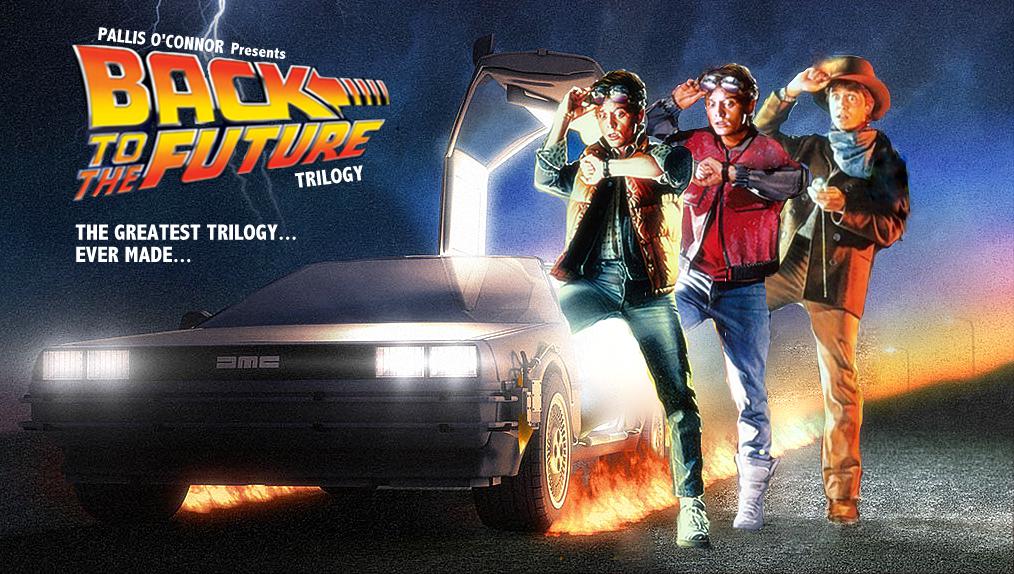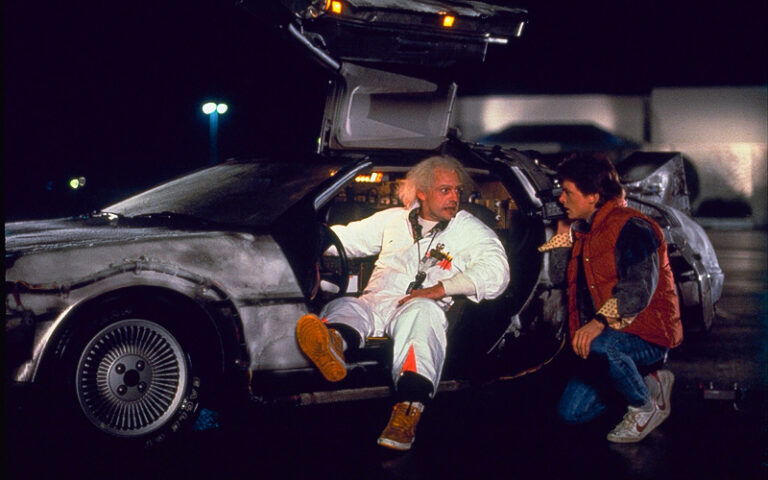Have you ever dreamed of traveling through time?
Many of us have been captivated by the idea of visiting the past or future. One iconic film that explores this fascinating concept is “Back to the Future”. This beloved classic has entertained audiences for decades with its imaginative plot and thrilling adventures.
Mr. Lai, the head coach of Physics Academy, is a huge fan of “Back to the Future.” He enjoys sharing the film with his students to spark their interest in science and explore fascinating Physics concepts.
This film offers a unique perspective on the complexities of time and space, from the DeLorean’s plutonium-powered time travel to the implications of Einstein’s Theory of Relativity.
DeLorean DMC-12 & Plutonium
The centerpiece of Back to the Future is the iconic DeLorean DMC-12, a futuristic sports car that serves as the time machine. To power its time-traveling capabilities, the DeLorean requires plutonium. While plutonium is a real element, it’s not used as a fuel source in the way depicted in the film. However, the concept of using a radioactive element as a power source for a time machine is a creative and thought-provoking idea.
Is Time Machine Existing?
The idea of time travel is a popular topic in science fiction, but is it possible in reality? According to current scientific understanding, time travel is a complex and challenging concept. While theories like wormholes or faster-than-light travel might make it possible under certain conditions, these remain speculative and unproven.
Theory of Relativity
One of the most important scientific concepts explored in this film is the theory of relativity, developed by Albert Einstein. This theory explains how time and space are interconnected and can be affected by factors such as gravity and speed. In the film, the DeLorean’s time travel is achieved by reaching speeds of 88 miles per hour, which causes a distortion of time. While this is a simplified representation of Einstein’s theory, it provides a fascinating glimpse into the complex relationship between time and space.
Back to the Future is more than just a fun movie; it’s a thought-provoking exploration of the possibilities and limitations of time travel. The film poses some fascinating questions about the nature of time, causality, and the potential consequences of altering the past.
After watching the movie, a student asked Mr. Lai, “What if, for example, someone were to go back in time? Would the present moment remain static while they’re away? If not, when they return to the exact moment they left, does that mean they’re essentially stuck in the past?”
See, Mr. Lai accomplished his goal: students are thinking critically by exploring the implications of time travel!
“Back to the Future” is just one example of how Mr. Lai uses popular culture to engage his students with Physics. Mr. Lai also shares other films and literature for students. These works offer additional opportunities to explore scientific concepts in a fun and engaging way.
At Physics Academy, we strive to inspire students to think deeply and critically about the world around them. By exploring fascinating topics like time travel and the physics behind it, we hope to ignite students’ curiosity and passion for learning. If your child is struggling or needs motivation to study Physics, join our weekly lessons to foster their interest. You’ll witness a remarkable transformation.


